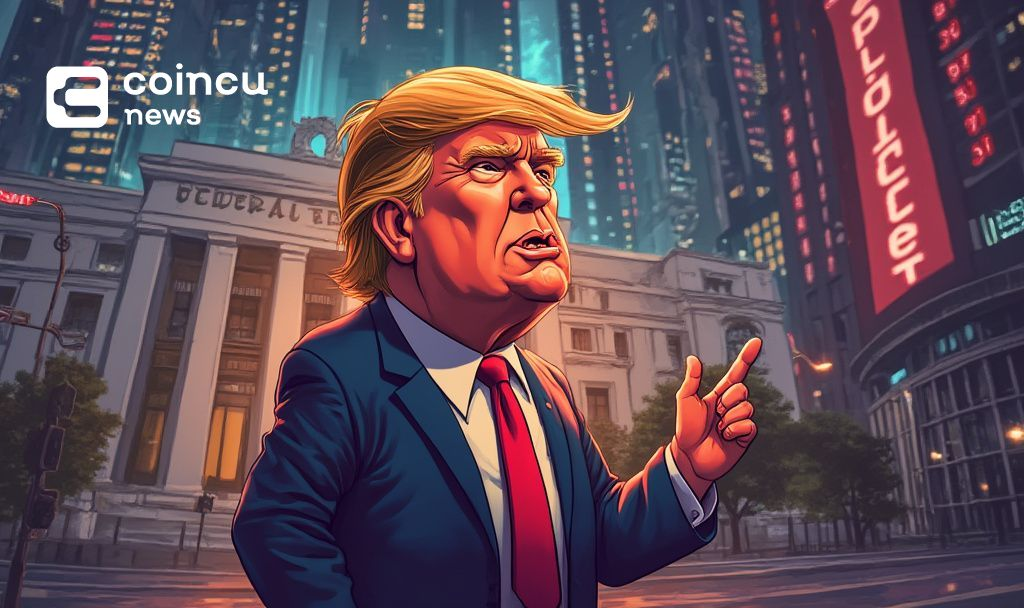- Main event: Trump’s tariff policy causes U.S. financial sell-offs.
- Concise takeaway: Global markets react to increased tariffs.
- Additional impact: Tariffs could affect GDP and trade.

President Trump’s tariff policy, initiated on April 9, 2025, led to significant sell-offs of U.S. assets, particularly affecting the dollar and Treasury bonds. The move has triggered widespread concern over economic stability amidst global scrutiny.
The tariffs drive potential GDP contraction and ripple effects in international trade, affecting consumer prices and global market dynamics. Analysis of U.S. tariffs’ fiscal and economic impacts provides insights into the broader consequences of these policies.
Trump’s 10% Import Levy Sparks Market Turmoil
President Trump’s aggressive tariff actions have intensified over the past week, introducing a flat 10% levy on all imports from April 5, 2025. The subsequent sell-offs in U.S. Treasury bonds and the dollar signal market apprehensions. The international response includes retaliations by countries like China, which imposed heavy tariffs on U.S. goods.
“We see a materially higher risk of a global recession due to U.S. trade policy.”
Bruce Kasman, Chief Global Economist at J.P. Morgan
Forecasters Predict $160 Billion GDP Hit
Economists warn of major economic implications, forecasting a $160 billion annual contraction in U.S. GDP. The tariffs could diminish consumer purchasing power and escalate global trade tensions. Investor confidence remains shaken, with financial volatility persisting despite anticipated Federal Reserve interventions.
Did you know? Tariff policies similar to Trump’s 2025 measures contributed to the 1930s economic downturn, demonstrating potential global economic repercussions.
Economic experts draw parallels to previous tariff impacts, noting potential repercussions on U.S. competitiveness. Policy Analysts highlight increased manufacturing costs in key sectors, affecting industries such as AI and semiconductors. Future policy adjustments by the Federal Reserve and international partnerships could play crucial roles in mitigating further financial disruptions.
























